NOV 15, 2021, MONDAY:
Topkapi palace, Turkish and Islamic Arts museum
Unlike typical European palaces, which feature one large building with outlying gardens, Topkapı is a series of pavilions, kitchens, barracks, audience chambers, kiosks and sleeping quarters built around a central enclosure. The great Palace Kitchens on the right (east) as you enter incorporate a dedicated Helvahane (confectionery kitchen). They hold a small portion of Topkapı’s vast collection of Chinese celadon porcelain, valued by the sultans for its beauty but also because it was reputed to change color if touched by poisoned food.
There is a display of Islamic art, with opulent courtyards lined with intricate hand-painted tilework, linking a warren of sumptuously decorated rooms, all bounded by battlemented walls and towers.
Of the many highlights here, the most popular are the Harem complex (where the sultan's many concubines and children would spend their days); the Second Court, where you can walk through the vast palace kitchens and see the dazzling interior of the Imperial Council Chamber; and the Third Court, which contained the sultan's private rooms.
The Third Court also displays an impressive collection of relics of the Prophet Muhammad in the Sacred Safekeeping Room and is home to the Imperial Treasury, which is closed now.
As we entered we were faced with the choice of kitchens or harem. We went toward the harem.
The inner gate that separates the Harem of Topkapı Palace from the Karaağalar Taşlığı. The word " Tawhid ", which means "There is no god but Allah, Muhammad is the messenger of Allah" , is written in Celi Thuluth calligraphy on the door
The harem started with a dormitory, eunuchs courtyard, hamam etc. The tile work is intricate but we did not feel the WOW FACTOR There were a lot of detailed explanations in English as well at all pavilions... so welcome.
IMPERIAL HALL
SUNNET ODASI
Marmara sea view
KITCHENS
CERAMICS
VIDEO LINKS
Topkapi Palace & Turkish and Islamic Arts Museum
https://photos.app.goo.gl/yG4A2urvikiPVyL59










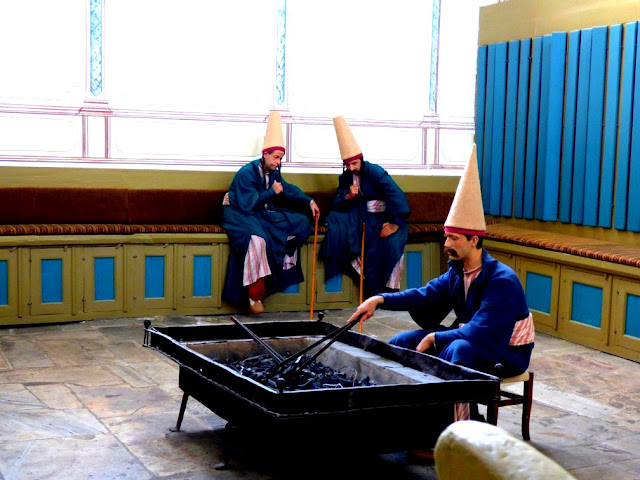









































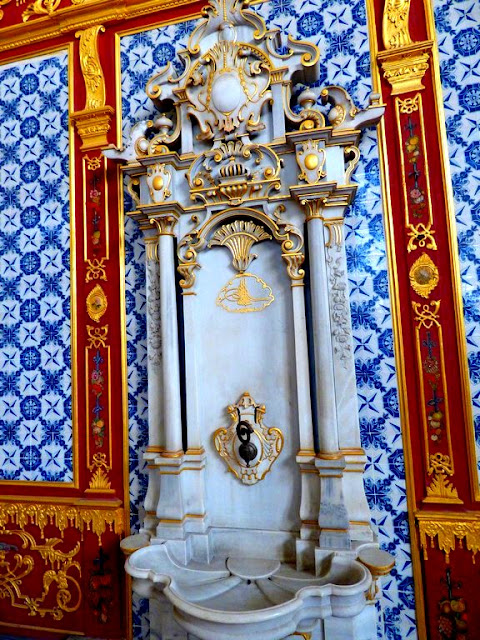




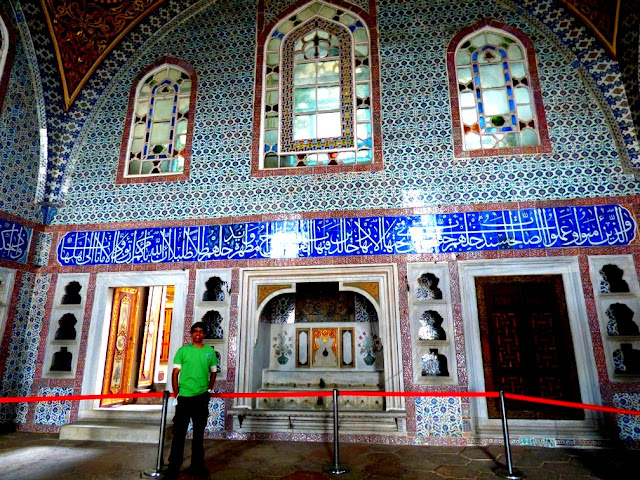























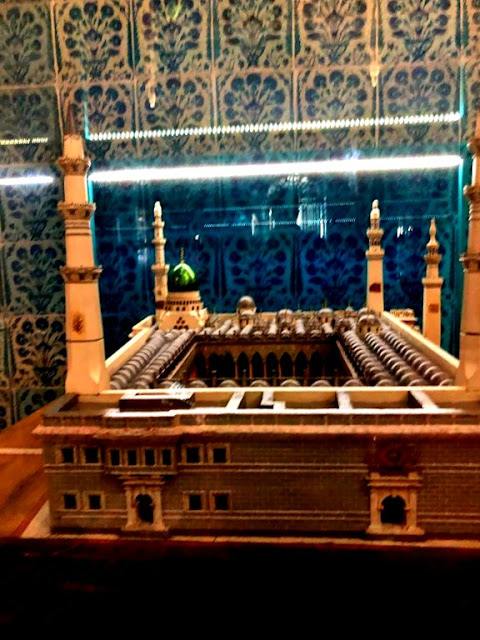















































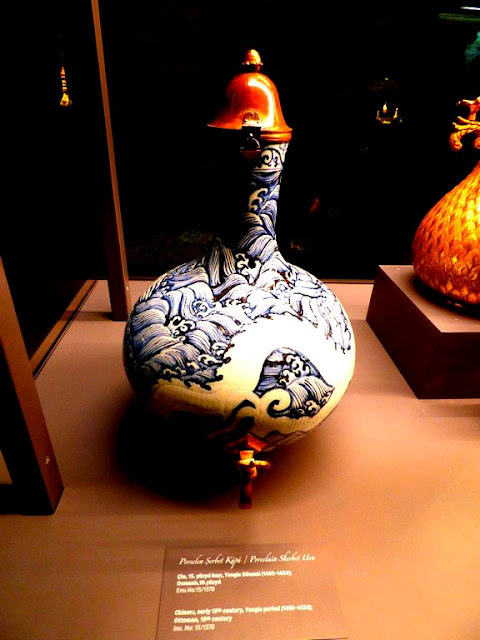

















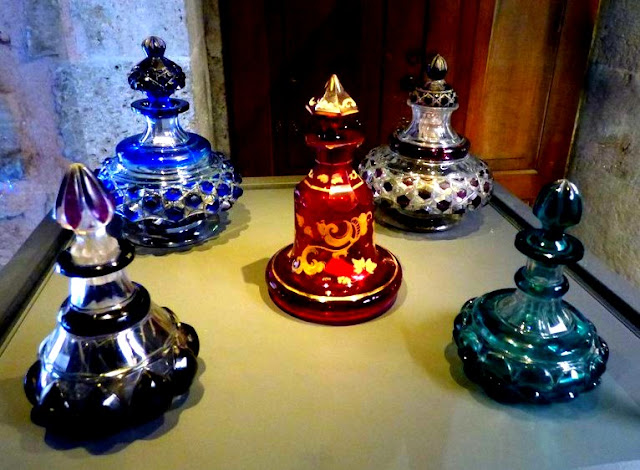
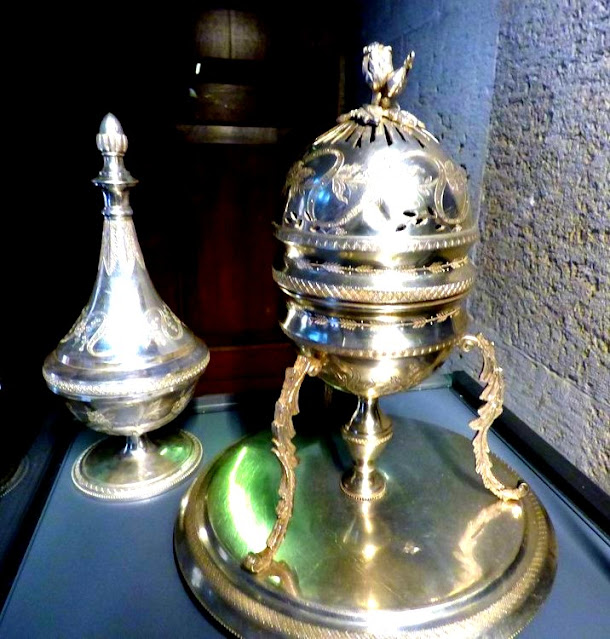




































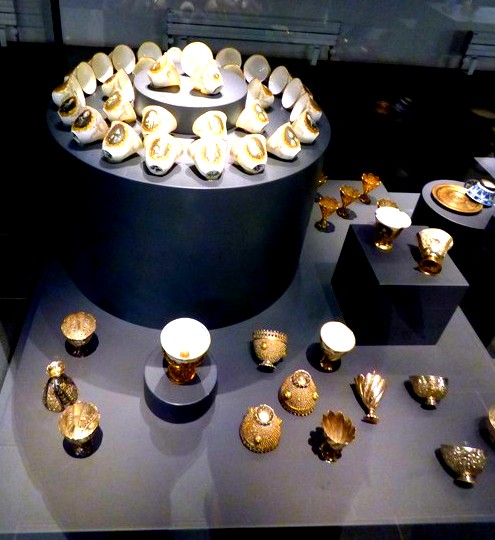








No comments:
Post a Comment